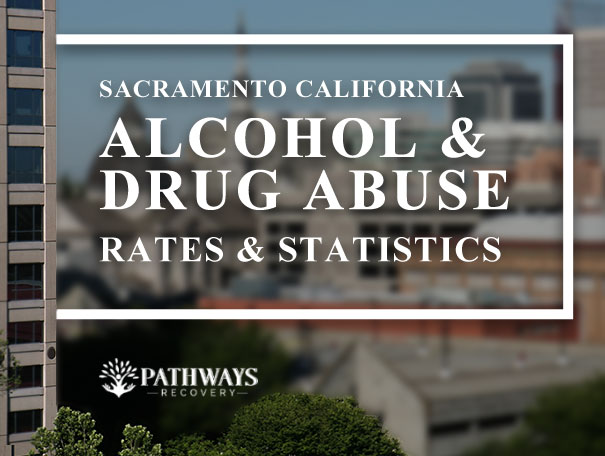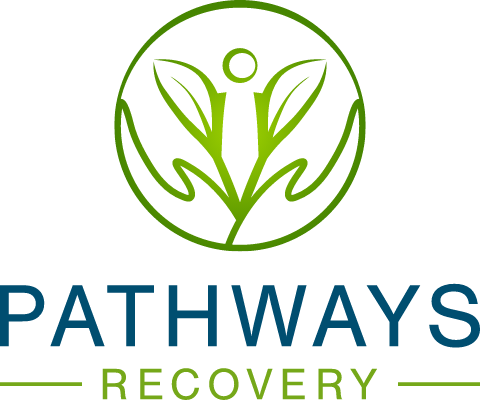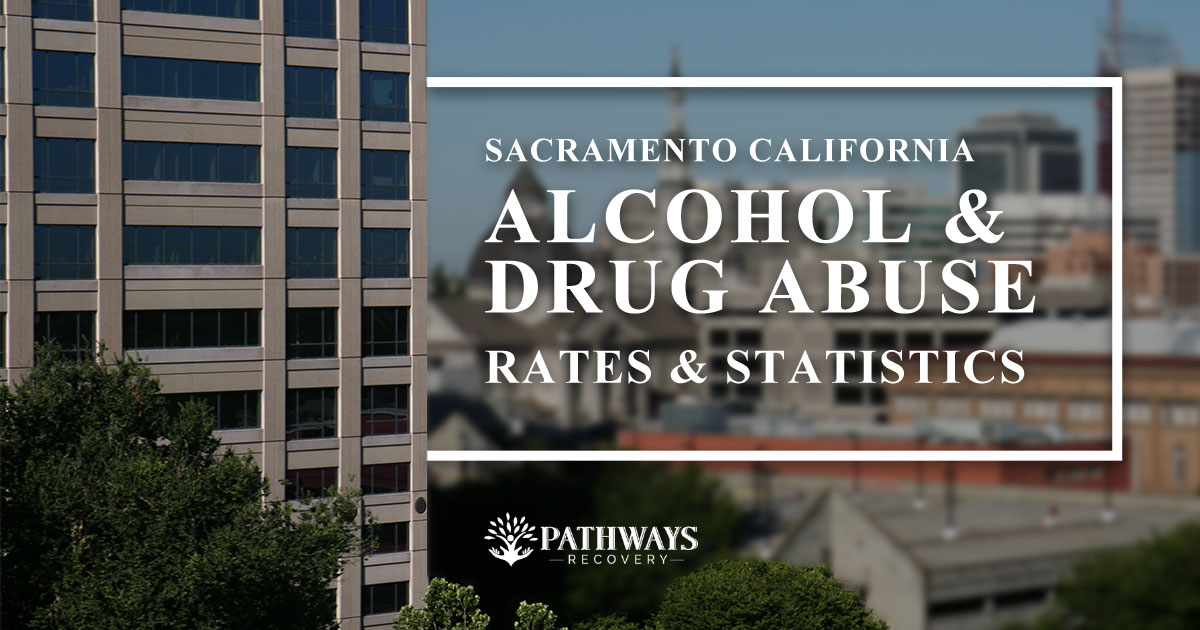
Fortunately, these numbers are beginning to fall for the first time. Sacramento has seen 29 percent fewer drug and alcohol-related hospital admissions since 2012. This may be seen as a sign that prevention and treatment methods are working, but it does not mean that the danger in Sacramento has passed.
Indicators Of Sacramento California Alcohol And Drug Abuse Issues
There are two ways that information is gathered about drug and alcohol use. The first is through admission rates from treatment centers and hospitals. Additional statistics typically come from surveys conducted through medical facilities, schools, employers and other sources.
There are five major indicators that are used to gauge substance abuse:
- Admissions to treatment facilities
- Arrests in drug- and alcohol-related crimes
- Motor vehicle accidents that happen under the influence
- Hospitalization
- Deaths
Admission Rates To Alcohol And Drug Treatment Centers
Admission rates are a reliable source of information, but they may not show the whole picture. According to estimates from the National Institute on Drug Abuse, or NIDA, only a fraction of addicts seek help. In 2009, 2.6 million individuals across the country received treatment at a specialized facility. This is out of 23.5 million people who reportedly needed treatment for substance abuse – meaning that only 11 percent were finding help.
A Growing Trend Of Addiction Treatment
The number of individuals seeking treatment has been climbing for many years, and experts attribute the lower overall usage rates to the fact that more users are finding help. After all, it can be difficult or even impossible to overcome addiction without professional assistance and support.
In 2000, only 5,708 people in Sacramento were admitted to treatment facilities for substance abuse. More than half of those patients, or 3,092, were female. By 2008, that overall number had grown to 8,756 and treatment was more prevalent among men. In fact, men have consistently been admitted more frequently to treatment programs since 2002.
Methamphetamine abuse was the most common reason for seeking treatment in Sacramento for several years, but in 2012, marijuana overtook the No.1 spot. Both of these are slightly surprising considering alcohol is the most prevalent cause in the rest of the country.
Back in 2000, 26.2 percent of total admissions in Sacramento were related to methamphetamine. The rest were:
- 6% heroin
- 2% alcohol
- 4% cocaine
- 1% marijuana
- 5% other drugs
Substance Abuse Patterns In Age And Race
Substance abuse does not discriminate: Anyone can be drawn into the use of drugs and alcohol. That said, Caucasian patients make up most of the recorded cases at 45.6 percent. African Americans and Hispanics comprise 24.3 and 21.5 percent, respectively. All other racial groups comprise the remaining 8.6 percent.
Nearly half of the admissions (45.2 percent) came from adults aged 25 to 44 years in 2008. The second largest group is 17 and younger, with the smallest number of admissions coming from seniors 65 years and older.
Arrests Related To Drugs And Alcohol

The number of arrests in Sacramento has actually dropped since 2000 (when it was 9,720), although it peaked in 2006 at 10,931. These numbers include both felonies and misdemeanors. Drug-related crime rates in Sacramento are comparable to the rest of California, but remain slightly lower.
A majority of the arrests involve male culprits. From 2000 to 2008, an average of 76 percent of these arrests involved boys and men, ages 10 to 69. However, only 68 percent of treatment admissions were male, hinting that women may be more likely to seek help.
Motor Vehicle Accidents Involving Alcohol And Drugs
Another way to measure the impact of substance use is by examining the number of related motor vehicle accidents. Intoxicated drivers are involved in more than 57 percent of all motor vehicle crashes in California. More than 3,700 individuals were killed in single-vehicle incidents in 2004 alone.
There were more than 180,000 arrests for DUI in the same year, equaling 1 in every 121 licensed drivers throughout the United States. Thousands of people were killed in traffic crashes, and another 2,000 pedestrians and cyclists were struck by an impaired driver.
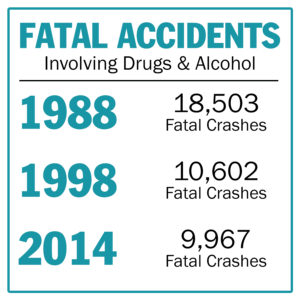
The number of fatalities caused by DUI motor vehicle accidents has been steadily declining. There are two reasons attributed to this trend: newer vehicles have better safety engineering, and fewer people are drinking and driving. The Insurance Institute for Highway Safety (or IIHS) has been awarding crash-test ratings for many years, and new technologies have emerged that help compartmentalize the vehicle, provide increased support for the heads of occupants and more effectively restrain bodies during a crash.
Fewer people are involved in accidents involving impaired driving. From 1988 to 1998, the number of fatalities dropped an impressive 57.3 percent and has continued to steadily fall. In 1988, there were 18,503 deadly crashes involving alcohol. By 2014, there were only 9,967. The number is still too high, but the improvement is encouraging.
Hospitalization As A Result Of Substance Abuse
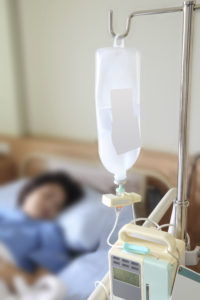
In 25 percent of hospitalizations, the gender was unspecified on the report, but the known cases show little difference between men and women: 38 percent were male and 36 were female, while the rest were unspecified.
Alcohol And Drug-Related Deaths
Death, of course, is the most serious potential danger of substance abuse. Cause of death reports are a sobering yet reliable way to gather information about those affected. Sacramento County showed fewer hospitalizations than the state average, but it has consistently seen a higher mortality rate. In 2002, there were 25.4 deaths per 100,000 people in the county, as compared to 20.1 per 100,000 in the state. By 2005, those numbers were 31.8 and 21.4, respectively.
There has been a noticeable decrease in deaths in the county since then. The state number was unchanged in 2007, yet Sacramento County saw its rate fall to 27.05. Of these deaths, 64 percent were male.
The Biggest Killers
Accidental drug poisoning is the most common cause of drug- and alcohol-related death. Out of 387 cases in Sacramento, 157 of them were related to overdoses. Alcoholic liver disease is a close second with 126 confirmed cases. Psychosis, alcohol dependence, myopathy, intentional overdoses and alcohol poisoning are some of the remaining causes.
Hope For The Future
Despite the growing national numbers, Sacramento County appears to be on the path to decreasing drug- and alcohol-related tragedies. Increased access to information and treatment centers likely contributed to the favorable statistics, but only time will tell how far they’ll drop and if such tactics can be deployed across the nation.
At Pathways Recovery, We Are Striving to Help the Sacramento Community Deal with the Problem of Substance Abuse in a Positive Manner, through Outreach and Therapeutic Treatment.
Here at Pathways Recovery, we pride ourselves on the services we provide for those seeking to heal from any drug and alcohol addiction. Weather yourself or a loved one, we provide the best treatment for any drug and alcohol addiction one might be experiencing. Our services include, but not limited to, drug and alcohol addiction treatment, outpatient treatment, and holistic services depending on each special individual’s needs. Our medical staff are well versed in the world of drug and alcohol addiction and have years of experience with helping many people through addiction. Here at Pathways Recovery in Sacramento ,CA, we are equipped to help with the difficulties of addiction and want to be part of your journey to a better you.
Call us, to speak with one of our well-informed associates to see how we can help you today on the journey of recovery.

